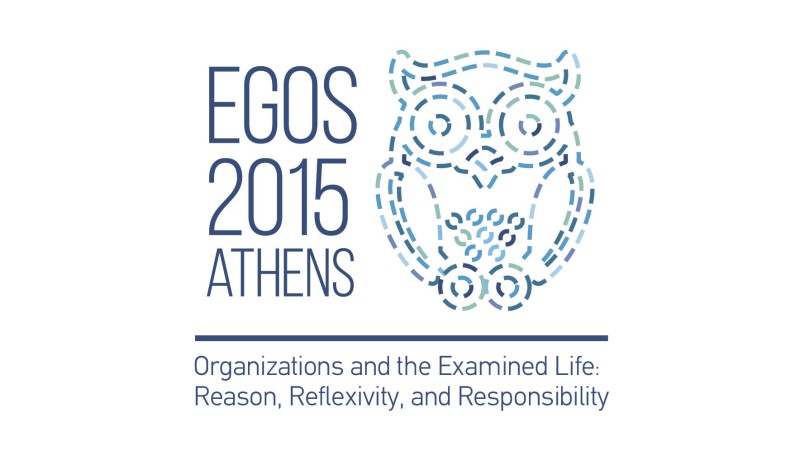Sub-theme 43: Managing Overflow: Devices and Discourses [merged with sub-theme 25]
Call for Papers
When is much too much? The Roman Empire allegedly fell because of the decadent lifestyle that replaced the disciplined
order of Caesar times, thus making the Romans an easy prey for the Barbarians. Western and westernized countries experience
"unprecedented levels of economic development over the last three decades" (see EGOS 2014, Call for Papers), and media report
everyday on the degenerative effects of various excesses. People have too many things, eat too much food, consume too much
energy, have too much debt, spend too much time at work, and are flooded with information.
This sub-theme focuses
therefore on exploring and theorizing this phenomenon. Overflow can be discussed in terms of affluence and surplus as well
as wastefulness and overload. Yet whether portrayed as unfortunate or as fortunate, excess and scarcity commonly provoke moral
judgments. Also, the notion of overflow, implicitly or explicitly alludes to the existence of some point of equilibrium, balance
or normality. It denotes a movement between different states and a transgression of borders. Because of this, the ways overflow
is dealt with have ethical, economic, and aesthetic consequences visible in everyday life and work.
Michel Callon
(1998) brought attention to the inextricable relationship between framing and overflowing. It is only when a frame exists,
he argued, that an overflow can defined, as it is over a frame that something can flow over. Framing, the concept borrowed
from Goffman (1975), means making something understandable by setting borders and consequently setting other things outside
borders. Thus framing is a way of both creating and managing overflow. As Czarniawska and Löfgren (2012) pointed, "managing"
means both to control and to cope. “The ways of dealing with overflow can therefore be roughly divided into learning to live
with overflow and controlling (handling) overflow” (Czarniawska & Löfgren, 2012: 11). But ways of managing overflow vary
in different places and times, as both material equipment and normative judgments for creating, controlling, coping, or disregarding
overflow differ.
This sub-theme also invites descriptions and discussions of the tools and mechanisms used to
managing overflow. These can be objects or quasi-objects, machines and managerial technologies.
Last but not
least, it is interesting to analyze development and changes in the discourse on the issues of overflow. While abstaining from
moral judgment on the issues related to overflow, we invite investigations, discussions, and reflections about how overflow
emerges and is managed in different contexts and times; about how it acquires a moral status; and about how organization research
should grasp this phenomenon.
We invite contributions that propose theoretical frameworks, but also those that
present cases studies of overflows and their management, current and in the times past. Submissions could therefore address
the following issues (the list is not exhaustive):
- Why is "overflow" chosen among multiple possible framings inside and outside organizations?
- How does the definition of overflow emerge and evolve over time?
- How is/was overflow managed in production and consumption processes?
- What devices – mental and material – are/were used for managing overflow?
- How are the judgments concerning overflow and its management formulated?
References
- Callon, M. (1998): 'Introduction: The embeddedness of economic markets in economics.' In M. Callon (ed.): The Laws of the Markets. Oxford: Blackwell Publishing, pp. 1–57.
- Czarniawska, B., & Löfgren, O. (2012): Managing Overflow in Affluent Societies. New York: Routledge.
- Goffman, E. (1974): Frame Analysis: An Essay on the Organization of Experience. New York: Harper & Row.


